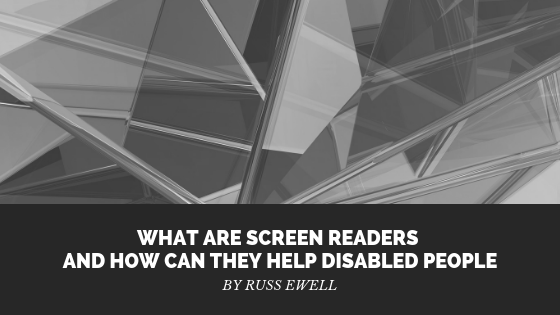Screen readers are software programs that can be installed in computers or mobile devices. They read the text that is displayed on the screen with either a speech synthesizer or a braille display. It is essentially an interface that dwells between the computer’s operating system and the user.
Screen readers can be run on personal computers running Linux, Windows, Mac, IOS, Android, and others. They are mainly useful to people who “do not have useful vision to read text on the screen. A screen reader can also be the product of choice for someone with vision that is useful for travel, but not for reading. In the long run, learning to listen to speech output will prove more productive for such individuals than struggling to read a text while leaning close to the computer screen.”
Screen readers can give people whose vision does not allow them to use computers and cellular devices the power and independence to benefit from the many aspects of computers and devices.
The breakdown of how the screen reader works is not too complicated. The user inputs command into the reader by pressing keys on the computer keyboard or braille display. This instructs the speech synthesizer on what to say and report on, and will alert to when changes occur on the screen. The user can also command for the synthesizer to “read or spell a word, read a line or full screen of text, find a string of text on the screen, announce the location of the computer’s cursor or focused item, and so on.” There are also more advanced functions that a user can perform. It can locate displays in certain colors or fonts, identify an active menu choice, and use spell checker.
Overall, the screen reader can be incredibly useful and an indisposable tool for someone who is unable to read text on screens. It will allow a user to listen to speech output and serves a variety of useful functions. It can give users the independence to access technology through other technology.

